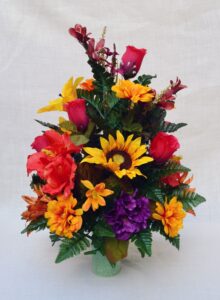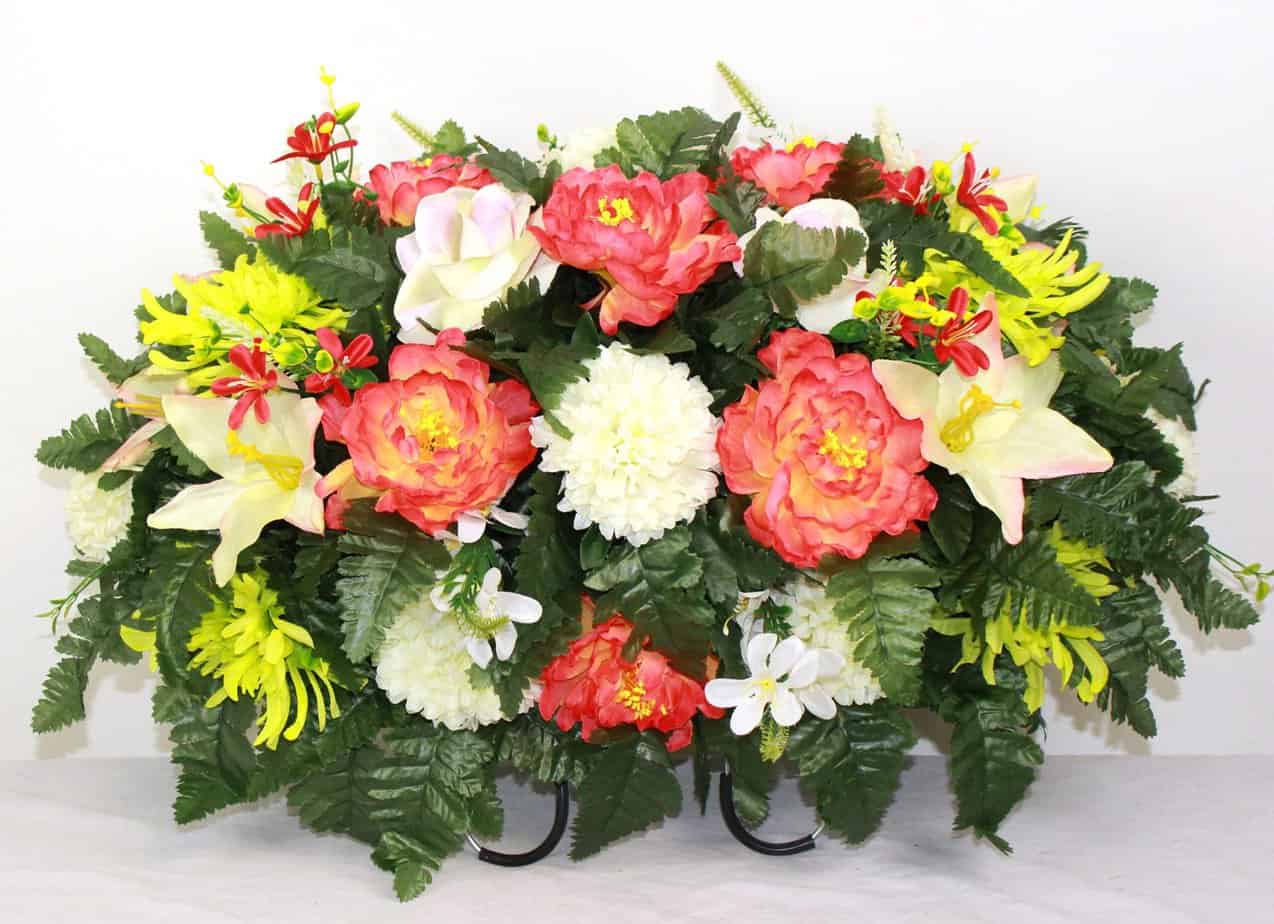Cemetery Flowers Etiquette: What to Know Before You Visit
Visiting a cemetery is often a deeply emotional experience, whether you’re remembering a loved one or seeking a quiet place to reflect. One way people often show their respect is by leaving flowers at gravesites. While it may seem like a simple gesture, there are some guidelines to follow to make sure your tribute is thoughtful and appropriate.
In this guide, we’ll cover the dos and don’ts of bringing flowers to cemeteries, ensuring you’re prepared for a respectful visit.
Why Flower Etiquette at Cemeteries Matters
Flowers have long been a symbol of love and remembrance at gravesites. They’re a way of honoring the dead, but it’s important to understand that cemetery customs have evolved over time. By following some basic flower etiquette, you’ll not only express your feelings respectfully but also help maintain the serenity of the space for all visitors.
The Dos of Cemetery Flowers
Pick the Right Flowers
Not every flower is appropriate for a cemetery. Some flowers carry specific meanings that may better align with the solemnity of the setting. Popular choices include:
– Lilies: Representing purity and a peaceful return to rest.
– Roses: Red roses symbolize deep love, while white ones often represent purity and remembrance.
– Carnations: Often associated with mourning, especially white or red varieties.
You might also want to think about the preferences of the person you’re visiting or any cultural significance certain flowers might hold.
Check Cemetery Rules

Note: This is especially important for National Cemeteries. Some National Cemeteries are operated and maintained by the Veteran’s Administration and some are run by the National Parks Service. Because of this, the rules and regulations can vary.
Keep It Simple
When choosing flowers, smaller and more modest arrangements are often best. While large floral displays can be beautiful, a simple bouquet or a few well-chosen flowers can be more fitting for the quiet and reflective atmosphere of a cemetery.
Clear Away Old Flowers
If you visit the cemetery regularly, consider removing any old or wilted flowers when you return. Keeping the gravesite tidy not only shows respect for your loved one but also contributes to the overall cleanliness of the cemetery.
Be Mindful of Other Visitors
Cemeteries are shared spaces, so it’s important to be respectful of others who may be visiting nearby. Keep a respectful distance, and be mindful of where you place your flowers, making sure not to obstruct pathways or spill over into neighboring graves.
The Don’ts of Cemetery Flowers
Avoid Inappropriate Flowers
Some flowers, such as bright tropical blooms or holiday-themed arrangements, might feel out of place in a cemetery unless they hold special meaning for the person being honored. Stick with flowers that convey a sense of peace, love, and remembrance.
Don’t Block Walkways or Other Graves
When placing your flowers, be mindful of the space around you. Ensure that your arrangement doesn’t encroach on adjacent graves or obstruct any walkways. It’s a simple way to show respect for others who share the space.
Consider the Seasons
Certain cemeteries may have rules that change with the seasons. For example, flowers might need to be removed in winter for snow clearing, or fresh flowers may not last long in extreme heat. Keeping seasonal considerations in mind when you visit helps maintain the cemetery and ensures your flowers are as beautiful as possible for as long as possible.
Pay Attention to Removal Policies
Cemeteries often have specific rules about how long flowers can remain on graves before they’re removed. Fresh flowers usually stay until they naturally wither, while artificial decorations might have a time limit. Understanding these rules will help you avoid surprises and keep the space tidy for all visitors.
Respecting Traditions and Cultures
Different cultures and religions have their own customs when it comes to cemetery flowers. For example:
– Jewish gravesites: Visitors often leave small stones rather than flowers, symbolizing the permanence of memory.
– Catholic traditions: Flowers are sometimes placed to honor saints or on feast days, such as All Souls’ Day.
– Asian cultures: Chrysanthemums are commonly used to symbolize grief and mourning.
Taking the time to understand any relevant cultural or religious traditions will ensure that your visit is respectful and meaningful.
Final Thoughts
Leaving flowers at a gravesite is a heartfelt way to honor and remember those who have passed on, but it’s important to do so with thoughtfulness and care. By choosing appropriate flowers, following cemetery guidelines, and being mindful of the space and others around you, your tribute will be both respectful and meaningful.
In the end, it’s the thought behind the gesture that matters most. A carefully chosen flower arrangement, placed with care, serves as a beautiful way to keep the memory of your loved one alive.
